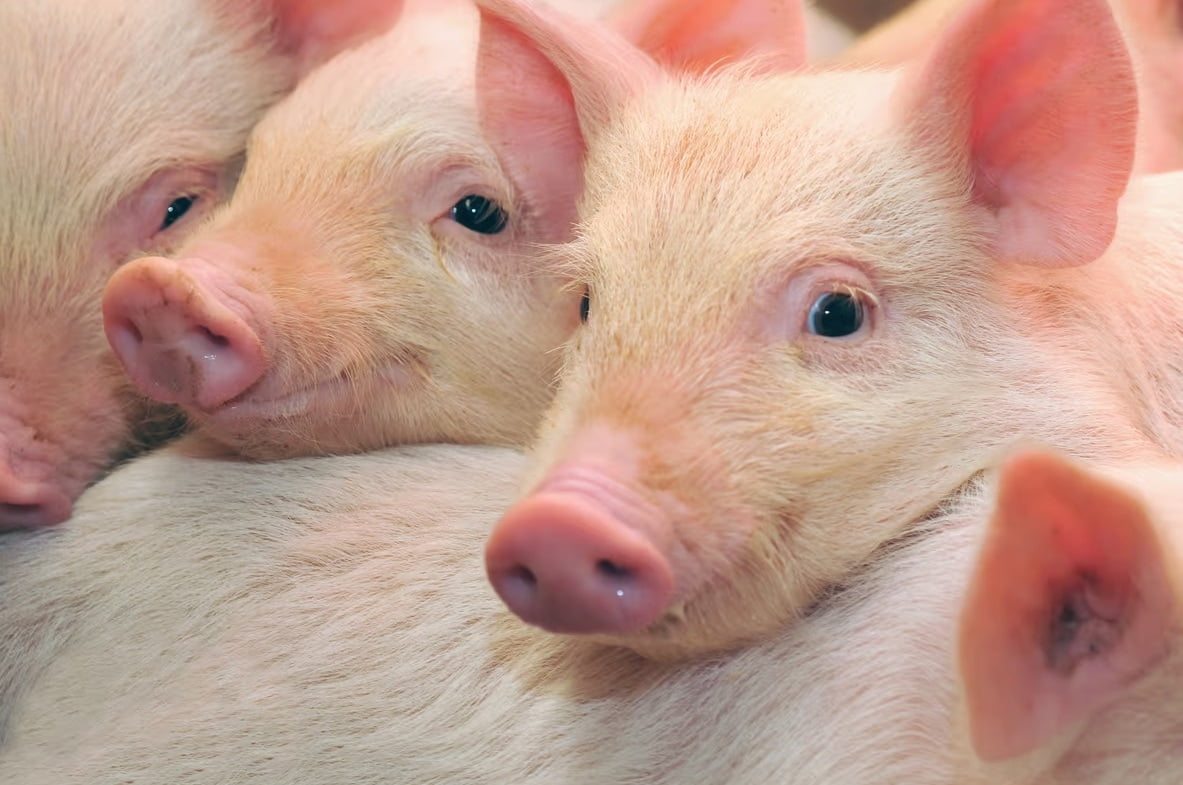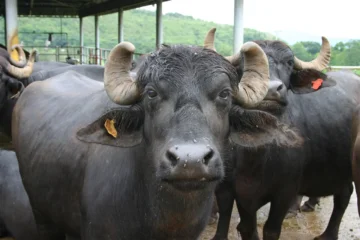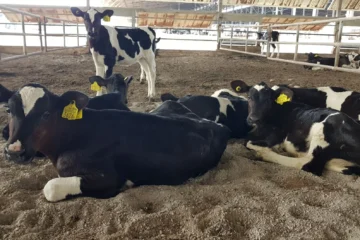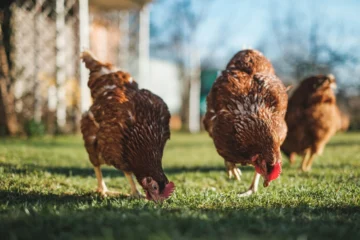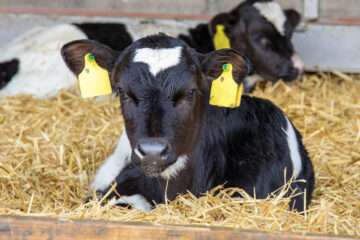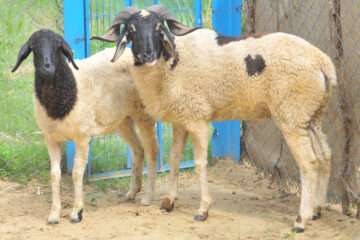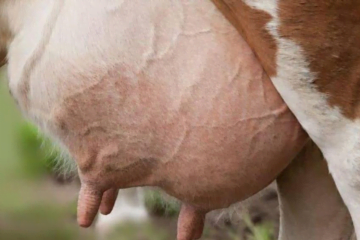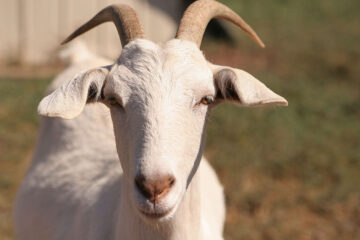Published in: March 2017 Issue
The number of people consuming pork is increasing day by day, making pig farming an important aspect of livestock production. A mother pig (sow) can give birth to 8 to 12 piglets at a time. The birth weight of a piglet ranges from 1 to 1.5 kg.
If a farm has 10 sows, around 100 piglets can be born and raised simultaneously. This allows pig farmers to earn significant profits. However, improper care can lead to a loss of 10 to 50 percent. Therefore, to reduce mortality rates, it is crucial to raise piglets safely.
Immediate Care for Newborn Piglets
When piglets are born, remove the mucus from their noses to help them breathe without disturbing the mother. Apply tincture iodine on the navel to prevent infections. To avoid the piglets being crushed, place them in a separate enclosure except during feeding times.
Trimming Milk Teeth
Piglets are born with four teeth in the upper jaw and four in the lower jaw. If these teeth are not trimmed, they can cause injuries to the sow’s teats during nursing. Use a dental clipper to trim the teeth.
Instead of trimming, the teeth can be filed down. However, this may cause the teeth to break off and be swallowed by the piglets, posing a risk. Therefore, trimming the teeth is recommended to avoid this issue.
Iron Supplement Injection
Iron is essential for the rapid growth of piglets. Generally, due to the limited amount of iron available and the large number of piglets, iron deficiency occurs. Piglets are born with about 60 mg of iron in their liver, sufficient for only seven days of growth.
Therefore, administer 100 mg of iron dextran via injection by a veterinarian to the piglets within 5-7 days of birth to prevent anemia and promote rapid growth. If necessary, administer a second dose on the 21st day.
Providing Warmth
Newborn piglets lack the ability to withstand extreme cold. During cold weather, they tend to huddle together, increasing the risk of mortality. To prevent this, hang curtains on the sides of the farrowing pen to control the cold. Provide warmth for the first ten days using a 60-watt bulb.
Installing Iron Barriers
To prevent piglets from being crushed by the sow, install iron bars about a foot away from the inner walls of the farrowing pen and a foot above the ground. This allows the piglets to stay safely between the iron bars and the wall when not nursing.
Castration
Identify the sex of the piglets at birth. Castrate the male piglets that are not needed for breeding within the first two weeks. This helps the piglets focus on feeding and growing rapidly, gaining more weight.
Tail Docking
Cut the tail of the piglets, leaving about 2 cm from the body. This prevents tail biting and wounds caused by fights among piglets. Long-tailed females may face difficulties in mating with males, so docking the tail prevents this issue.
Providing a Feeding Trough
Install a small feeding trough with a barrier inside the farrowing pen, allowing piglets to eat feed and then nurse from the sow. This encourages the piglets to start consuming solid feed from the 15th day, promoting faster growth.
Supplying Micronutrients
Many pig farms only provide kitchen waste as feed, leading to nutritional deficiencies and reduced production. Therefore, mix vitamins, calcium, and phosphorus in the feed or drinking water. Provide mineral blocks to ensure the piglets receive essential micronutrients.
Caring for Orphaned Piglets
Orphaned piglets can be cared for by a surrogate mother. To facilitate nursing by the surrogate, rub the surrogate’s udder or urine on the piglets. If a surrogate is not available, feed boiled and cooled cow’s milk at a rate of 50 ml per time, 5-6 times a day.
Dr. K. Ravikumar, Dr. S. Alagar, Dr. S. Prakash, Dr. C. Manivannan, Dr. S. Manoharan, Dr. M. Selvaraj, College of Veterinary Science, Namakkal – 637 002.

